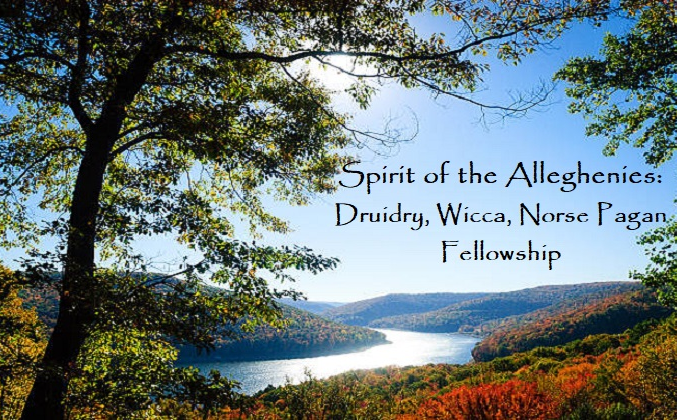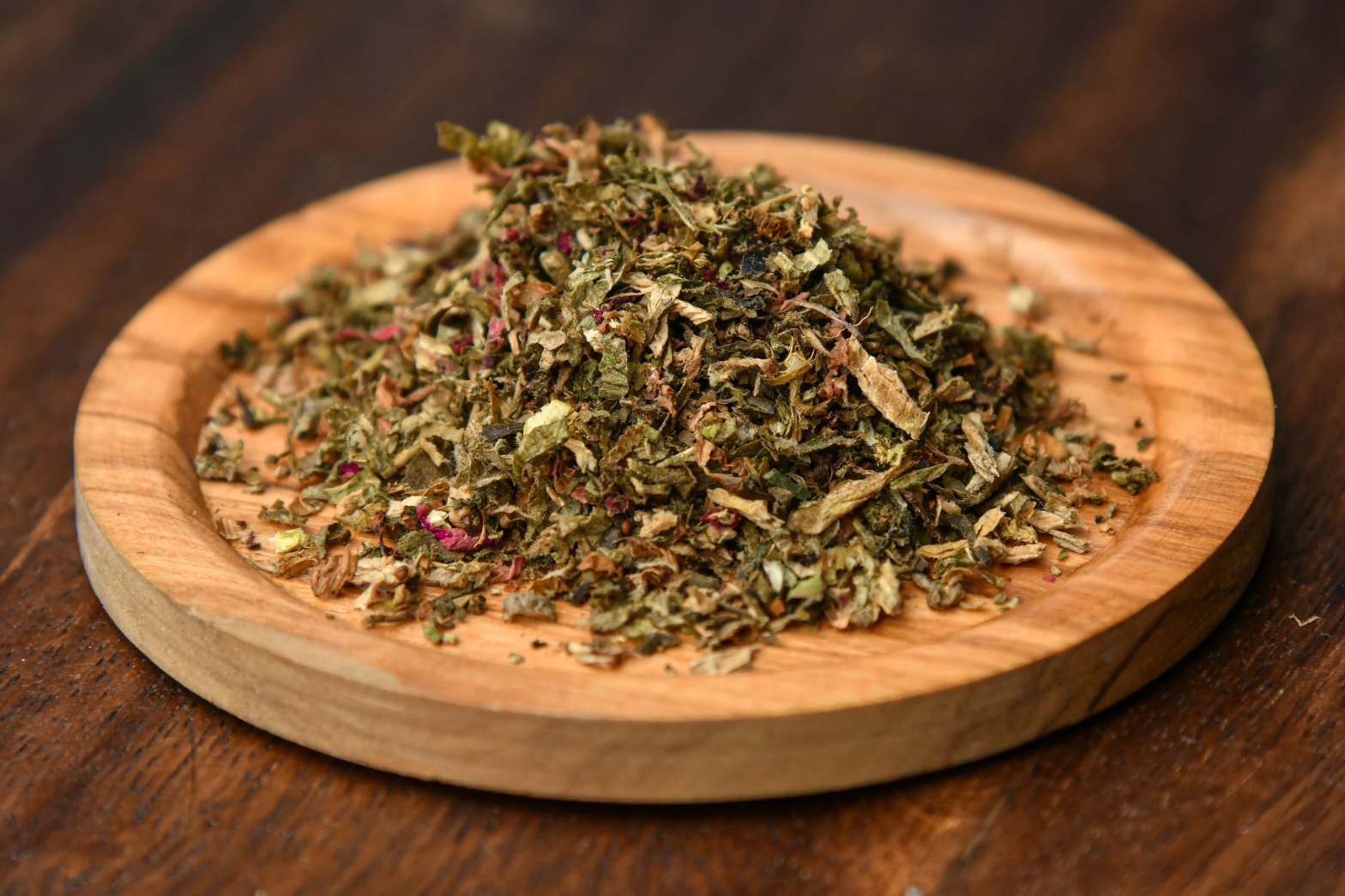Kinnickinnick is a blend of various dried herbs, barks, and leaves, each carefully selected for its aromatic qualities, medicinal properties, and symbolic significance. Traditionally, common ingredients include dried tobacco leaves, bearberry (also known as uva-ursi), red willow bark, and sometimes additional herbs such as mint, mullein, or sage. The specific ingredients used may vary depending on regional traditions, cultural practices, and personal preferences.
The recipe offered below is a traditional blend from the Anishinabe Ojibway tradition. Harvest each plant before noon and offer tobacco for each as a gift to the spirit of the plant, Mother Earth, and the Creator (or the deity to which you pray.) Each ingredient is halved in amount as you proceed through the list:
1 Cup Bearberry
1/2 Cup Wintergreen
1/4 Cup Red Willow
2 Tablespoons Tobacco or Common Mullein (or a blend of both)
1 Tablespoon Sweetgrass
1 Teaspoons White Cedar
1/2 Teaspoon White Sage
Below is an expanded list of ingredients detailing the reason for adding each plant.
Bearberry – Bearberries grow as low-lying shrubs in soils predominantly composed of sand, gravel, or dunes in the boreal forest. When smoked in a pipe, or when steeped as tea, bearberry leaves have a calming effect on the nervous system and are used to cure anxiety, migraine headaches, and general pain.

Wintergreen – The term wintergreen refers to plants that remain green throughout the winter. Wintergreens in the genus Gaultheria contain an aromatic compound, methyl salicylate, and are used as a mintlike flavoring. The berries of most species can be eaten raw or used in pies. Wintergreen in Kinnikinnick is used for flavor.

Red Willow, also known as Red-Osier Dogwood, is a medium deciduous shrub with red branches and twigs. The inner bark contains salicylic acid, which is used to reduce fever and pain. The Anishinabe Ojibwe made the smoking mixture Kinnikinnick by blending the inner bark with tobacco. The inner bark may also be steeped into tea.

Tobacco – One of the Four Sacred Herbs of the Anishinabe Ojibwe. Tobacco is used to communicate with the Spirit World and to show respect to elders, teachers, and community leaders. When the leaves are dried and smoked in the ceremonial pipe, the smoke carries our prayers and intentions through the Hole in the Day to the Spirit World and the Creator. It is said that the spirits like the smell of tobacco but detest Menthol cigarettes, so always use native filter-less tobacco in ceremonies! Tobacco is also exchanged in the form of tobacco ties (tobacco placed on a colored cloth with the four corners drawn up and tied) as a token of respect.

Common Mullein – A soft-haired biennial plant that can grow to 2 m tall or more. Its small, yellow flowers are densely grouped on a tall stem, which grows from a large rosette of leaves. It grows in a wide variety of habitats, but prefers well-lit, disturbed soils, such as railroad grades. Leaves were smoked or steeped into tea to treat lung ailments like asthma, bronchitis, and emphysema, and also to treat stomach ailments. Mullein was either mixed with tobacco in Kinnikinnick or used as a tobacco substitute.

Sweetgrass – One of the Four Sacred Herbs, Sweetgrass is a very hardy perennial, able to grow in the Arctic Circle. The base of the leaf, just below the soil surface, is broad and white, without hairs; the underside of the leaf is shiny and glabrous. Sweetgrass is widely used by Indigenous peoples throughout North America. Though being used for many purposes, its main two purposes are “smudging” to attract good spirits and being used as sacred women’s medicine. Sweetgrass is braided to resemble the “Hair of Mother Earth.” Used in Kinnikinnick, it adds a sweet aroma and flavor to the mixture.

White Cedar – One of the Four Sacred Herbs, White Cedar is burned to call on good spirits (especially ancestors) and is boiled into tea to support the immune system. White Cedar grows naturally in wet forests, where other larger and faster-growing trees cannot compete successfully. It also occurs on other sites with reduced tree competition, such as cliffs.

White Sage – One of the Four Sacred Herbs, Sage leaves are dried and burned to “smudge” or purify a ceremonial space, person, or sacred medicine bundle. Used in this way, it protects against maleficent spirits. It may also be steeped into a tea as a treatment for sore throat and tonsillitis. Used in Kinnikinnick, Prairie Sage grants spiritual protection and draws in positive healing energy.

Together, these seven herbs (or herb combinations) create the healing and enjoyable smoking blend Kinnickinnick. Feel free to change the recipe and have some fun with it. Most of all, enjoy!


